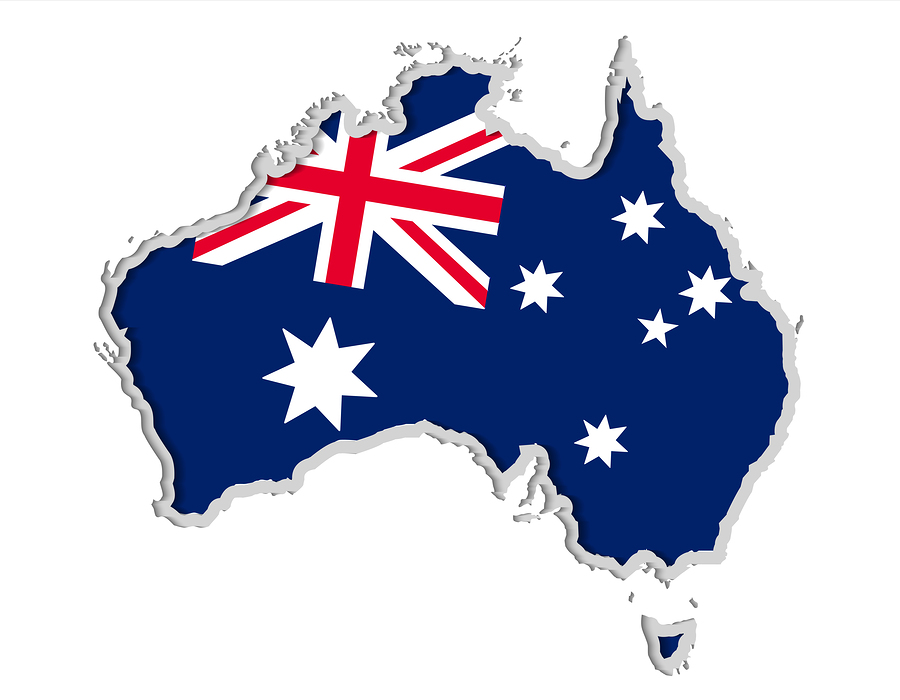The move from being a city planner to starting my own small business wasn’t a decision made lightly. Starting my own business took courage and a leap of faith.
Twelve years later and skinB5 is exporting to South Korea, Hong Kong, Singapore, Philippines, China, Bahrain, and the USA, with our sights firmly set on building and exporting our brand in the APAC region. There is a huge amount of interest in Australian products overseas, particularly skincare and health supplement products.
We are proud to be Australian owned and operated. When people buy our products, they know they will get a high quality, healthy, safe product that actually works and this has been the key to our business model since day one.
My friends and associates from many different cultures, particularly Asia, China, Middle East and India have told me the same thing, they love Australian made. Australia is clean and green, Australian people and culture value quality, honesty, fairness and integrity and for me and my business these values have carried on into our own products, and how we speak and engage with international markets.
It’s also why the ”Australian Made” brand transcends how and where our products are made. When customers buy ”Australian Made”, they are also buying our core values.
With our sights firmly focused on aggressively exporting into Asia, here are my top five tips for SME’s looking to export and leverage “brand Australia”:
- Keep your team lean and agile: Outsource all non-product development or customer relationship activities, e.g. logistics and manufacturing to strong local partners. This enables you to focus your energy and resources on important strategic activities, and when things don’t work, you are able to change direction quickly and adapt to fast changing consumer and market trends.
- Forecast your local market: Spend time watching consumer trends, particularly in the USA. I lived in the USA for four years in the early 2000’s and my observation is that the American consumer and American retail trends are still well ahead of other countries. For example, ingredient and product trends e.g. hemp and ashwagandha, those hit US shelves well before showing up in Australia.
- Don’t put all your eggs in one basket: China is a new and very important market because of the sheer size of the growing middle-class, but so many companies in Australia are becoming dependent on the China market. Remember to spend time developing your strategies for the US, Europe and other markets in Asia as well, this will alleviate some of the risk in case of an economic down-turn in one particular market.
- Develop a clear online and cross-border eCommerce strategy: Most Asian countries still have a very strict and lengthy product registration process to access traditional retail channels, but they have opened up cross-border eCommerce platforms to allow their residents to access foreign products easily. The upfront cost and risk to develop cross-border eCommerce channels is significantly less than retail channels, and the cross-border channels allow you to test the feasibility of your products in a new market and build demand at the same time without taking on the financial risks.
- Brand positioning is KEY: When considering your brand’s look and feel, creating a brand that stands out is critical – it’s what will help your product stand out against your competitors in a saturated market. For skinB5, we have always used crisp, clean white packaging with tones of aqua blues and greys. This resonates particularly well within the Asian market and speaks to the quality of our product. Of course, having a unique product offering is also key.
Judy Cheung-Wood, Founder, SkinB5












